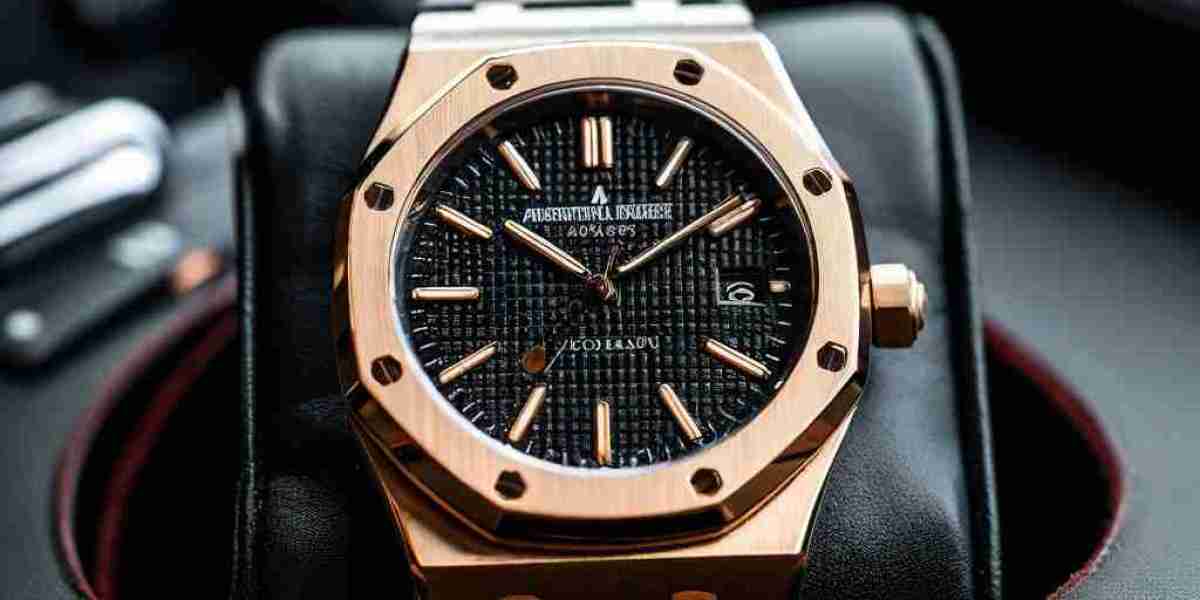As streetwear continues to evolve from a niche subculture into a global fashion powerhouse, brands are facing increasing pressure to not only innovate creatively, but to also operate ethically and transparently. Consumers today, especially Gen Z and millennials, are more socially and environmentally conscious than ever before. They want to know where their clothes come from, who made them, and under what conditions. Sp5der a bold and emerging streetwear brand backed by rapper Young Thug, has made waves for its striking designs and celebrity endorsements—but how does it measure up when it comes to ethics and transparency?
While Sp5der has gained massive attention for its visual identity and limited-edition drops, little public information is available about its production processes, supply chain practices, or sustainability efforts. In this piece, we’ll explore the ethical landscape of fashion today, the current standing of Sp5der, and the opportunities the brand has to become a leader not just in style, but in responsibility.
Streetwear’s Ethical Reckoning
In recent years, the fashion industry has undergone a major reckoning. Reports of unsafe labor practices, environmental harm, and exploitative manufacturing processes have pushed consumers to demand more accountability. While luxury brands have begun releasing sustainability reports and fast-fashion companies scramble to clean up their reputations, streetwear brands often lag behind.
Why? Because many streetwear labels operate on hype, limited drops, and high resale value. In such a fast-moving space, there’s often little time—or incentive—for deep transparency. But that’s changing. Brands like Patagonia, Noah, and Pangaia are proving that it’s possible to combine street style with sustainability. The challenge for newer brands like Sp5der is whether they can scale without compromising ethical values.
What We Know (And Don’t Know) About Sp5der
Currently, Sp5der has not published any formal sustainability commitments or public details about its manufacturing partners. There is no official statement on:
Labor conditions in its factories
Environmental impact of its materials
Animal welfare policies (in case of any leather or wool use)
Supply chain audits or certifications
This lack of transparency does not necessarily mean the brand is acting unethically, but it does create a trust gap between the company and a growing base of ethically-minded consumers. For a brand that thrives on being seen as authentic and culturally relevant, this is an important gap to address.
The Importance of Ethical Manufacturing
Ethical fashion begins at the source: the factories. Are workers paid fair wages? Do they work in safe conditions? Are there protections against forced or child labor? These are baseline questions that every brand—especially one as popular as Sp5der—should be answering publicly.
Given Sp5der’s growing international demand, ensuring ethical manufacturing should be a top priority. Partnering with certified factories, conducting third-party audits, and providing public reports would go a long way in building consumer trust.
Environmental Footprint: Materials and Production
Another critical area is sustainability. Sp5der’s hoodies are known for their high-quality cotton blends and bold screen printing. However, cotton is a resource-intensive crop, and synthetic blends raise concerns about microplastic pollution and recyclability.
Here’s how Sp5der could address this:
Use organic or recycled materials where possible
Implement eco-friendly dyeing and printing techniques
Offset carbon emissions from production and shipping
Limit plastic in packaging or switch to biodegradable alternatives
These steps, even if implemented gradually, would signal to fans that Sp5der is evolving into a responsible brand without compromising its streetwear identity.
Brand Transparency and Consumer Connection
In the digital age, brand transparency is more than a moral obligation—it’s a marketing advantage. Consumers love to support companies that align with their values. By publicly sharing its supply chain practices, labor policies, and sustainability goals, Sp5der Hoodie could build a deeper emotional connection with its audience.
This could take the form of:
An Ethical Commitment page on the official website
Social media content showcasing behind-the-scenes factory visits
Partnerships with non-profits or environmental initiatives
Limited “eco drops” with 100% sustainable materials
These actions don’t just build trust—they create new stories around the brand, opening up marketing and community engagement opportunities.
Challenges and Opportunities
It’s important to acknowledge that transitioning to ethical practices can be difficult, especially for fast-growing brands. Costs may increase, sourcing may take longer, and margins might shrink. However, the long-term brand equity gained from responsible practices can outweigh the short-term challenges.
Sp5der is uniquely positioned to be a leader in this space. With its cultural influence, creative team, and loyal fanbase, it has the platform to shape what modern, ethical streetwear looks like. Consumers are no longer just buying hoodies—they’re buying values, identity, and impact.
Final Thoughts
Sp5der’s rise in the fashion world is undeniably impressive, built on a strong aesthetic and celebrity influence. But as the brand grows, so does its responsibility. In a time when consumers are asking tougher questions about where their clothes come from, ethics and transparency are no longer optional—they’re essential.
If Sp5der can embrace these principles and build them into its DNA, it won’t just be another trendy streetwear brand. It will be a symbol of what the future of fashion should look like: bold, creative, inclusive, and ethical.








